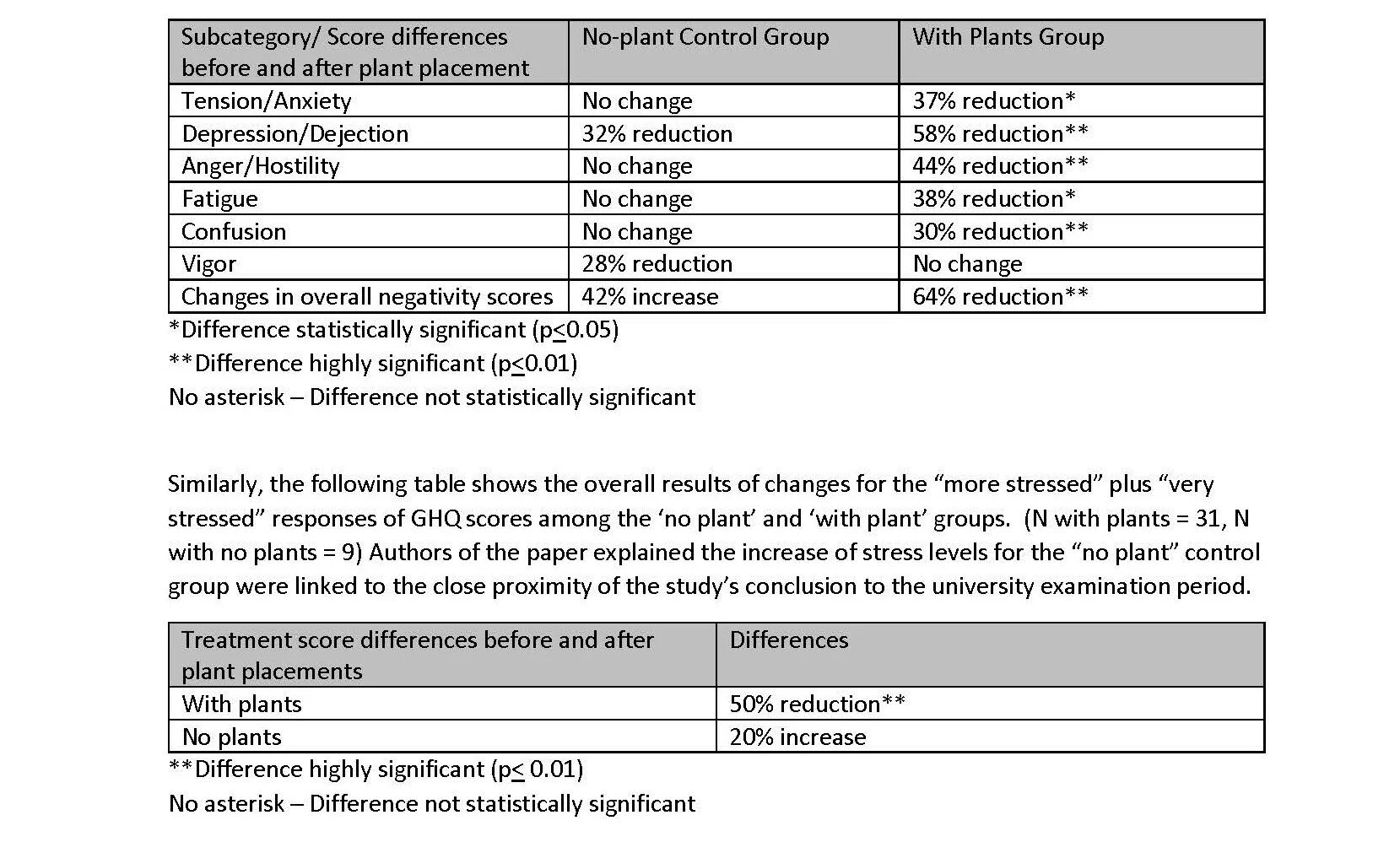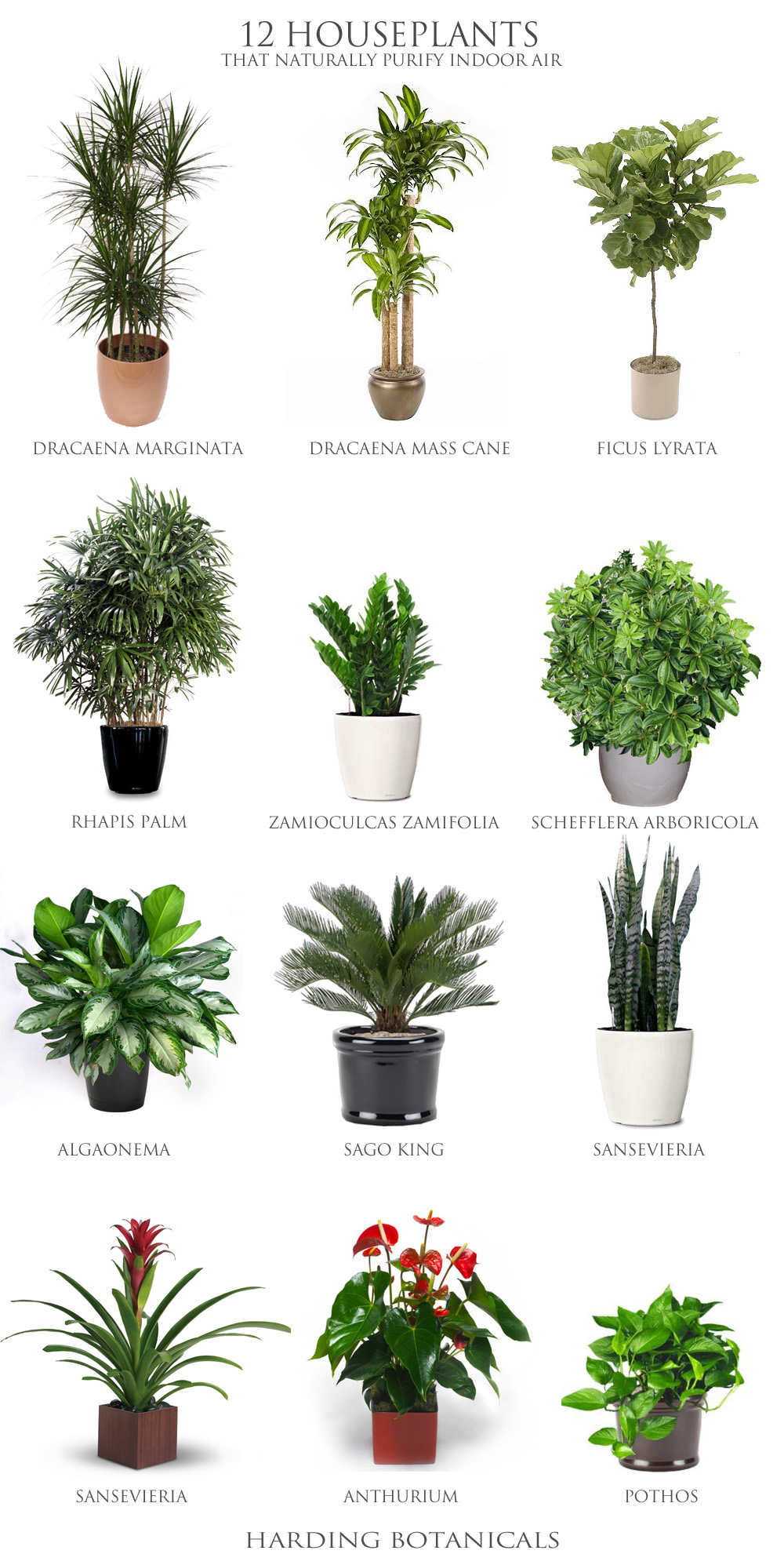Active 30 years in the greater Boston area botanical market and a pioneer in the art of interior and exterior living environments, Harding Botanicals has seen the rise of biophilia as a concept, a personal passion for some, and even a practical element of the most recognized high-performance building standards like Living Building Challenge, WELL Building Standard and LEED v4.(1)
A term first coined by social psychologist Erich Fromm in 1964 and later put into use by biologist E.O. Wilson in 1984, biophilia is defined from the Greek root meaning love of nature (Browning et al., 2012)(2)
Webster defines biophilia as a hypothetical human tendency to interact or be closely associated with other forms of life in nature, while dictionary.com calls it “a love of life and the living world; the affinity of human beings for other life forms.”
To synthesize and distill contemporary qualitative and quantitative research that characterizes biophilia and its very real benefits, this essay will draw from published research, and will end with the informal and inspiration employee survey conducted earlier this year by one of our distinguished and well know corporate clients.
On a directly related note, a carefully structured scientific study described in the paper, The physiological effects of Shinrin-yoku (taking in the forest atmosphere or forest bathing): evidence from field experiments in 24 forests across Japan(3), documents the measurable physiological and psychological impact of Shinrin-yoku, a name coined by the Japanese Ministry of Agriculture, Forestry and Fisheries in 1982. This term can be defined as making contact with and taking in the atmosphere of the forest.
Using an evidence-based medicine approach, these Japanese field tests clarified the relaxation effect induced by forest settings, measuring the changes caused in physiological parameters like salivary cortisol, pulse rate, blood pressure, and heart rate variability (HRV).
Similarly, the Profile of Mood States (POMS) was used to gauge the psychological response of field experiment participants. POMS is widely used in the assessment of mood changes resulting from a variety of interventions.
Overall, the results show that viewing forest landscapes and walking in a forest setting both succeed in lowering concentrations of cortisol, lowering pulse rate, lowering blood pressure, and enhancing the components of HRV.
All the indices from these field experiments were generally in agreement with one another, implying that the forest environment possessed relaxing and stress-relieving effects. These results also help corroborate widely held beliefs that forest surroundings aid the physical relaxation of urban dwellers.
Drawing from another university study, new University of Technology Sydney (UTS) research has found strong evidence supporting the benefits of office plants for reducing stress and negative mood states in office workers.(4) Surveying some 450 respondents, this study found on all 10 job satisfaction criteria tested, that employee scores were higher among staff with plants, and that interior plants were even preferred to window views of exterior plants. In fact, results show that just one office plant is enough to make all the difference.
In keeping with the study design of the Japanese Shinrin-yoku field experiments described above, this UTS research used the Profile of Mood States (POMS) rating scale to assess mental health states, both before and after the placement of plants. These differences in POMS scores are shown in the table just below.
Moreover, the UTS study also used a separate General Health Questionnaire (GHQ) to assess recent or current feelings of stress.
The following table shows study results based on differences in POMS scores, subcategories and totals, for participants before and after plant placements, plus the no-plant control group. (N with plants = 31, N with no plants = 9)
According to this study, the results show that plant presence is associated with large reductions in negative mood states and levels of stress among building occupants.
In fact, environmental psychologists consider that close-by living greenery is beneficial because it acts as a restorative environment at a subconscious level. Nearby plants relieve “attention fatigue” and ‘re-set’ a feeling of calm, which reflects our evolutionary history of dependence on plants for shelter and security.(5)
After the rigorous studies described above, this paper will conclude with a description of the ad hoc employee brain storming study organized by a large corporate client earlier this year. This company, a top of the line and well-known retail brand operating from a high-end commercial real estate building in downtown Boston, placed a board in one employee common area, asking employees to “vote” with green dots and red dots.
They were asked to answer the question, “Which spaces pictured on the board (a total of 16 office settings were shown,) made them feel more inspired?”
Each employee was given 3 green and 3 red dots, with instructions to put green dots on their most favorite office settings, and 3 red dots on their least favorite office environments.
While not strictly scientific, the results were telling. The winners were:
-Office collaboration space featuring prominent living green walls – 18 green dots
- Reception area featuring large green plant at reception desk – 16 green dots
- Rooftop yoga class – 14 green dots
- Outdoor basketball goal – 12 green dots
As you can see, indoor spaces displaying green plants were clearly favored by this client’s employees.
All together, we hope the evidence and research of these studies and stories will convince you to believe in the value of biophilia, and the value, both physiological and psychological, to have plants in your space.
Richard Medley with Your Team at Harding Botanicals
Biophilic Design: Sneaking into the Standards, Stok, May 2019
The Financial Benefits of Biophilic Design in the Workplace: A Review and Summary of Current Research, Abby Lerner and Mike Stopka, July 1, 2016
The physiological effects of Shinrin-yoku (taking in the forest atmosphere or forest bathing): evidence from field experiments in 24 forests across Japan, BJ Park and Y. Miyazaki, Center for Environment, Health and Field Sciences, Chiba University Kashiwa, Japan, published online 2 May 2009 and Environ Health Prev Med. 2010 Jan;15(1):18-26. doi: 10.1007/s12199-009-0086-9.
Nursery Papers, The Positive effects of Office Plants, Prof A. Craig, Dr F. Torpy, J Brennand & Prof MD Burchett, University of Sydney and University of Technology, Sydney, July 2010
The restorative benefits of nature: towards an integrative framework, Journal of Environmental Psychology, 15, 169-182, Kaplan S. 1995
Article By Richard Medley
Richard Medley, based in Boston, Massachusetts USA, serves as Sales and Marketing Manager for Harding Botanicals, market leading and artistic Botanicals company in the greater Boston, Massachusetts area. With a Harvard MBA and a career concentrated entirely in the field of B2B marketing, Richard brings a powerful combination of education and experience to his role with Harding Botanicals. Since joining the company in 2019, Richard has sharpened his concentration in the field of digital marketing and biophilia. On a personal note, the past few years Richard has developed a keen interest in, and has made a personal hobby of cooking with smoke. For both fish and meat, he enjoys to prepare a “smoker meal,” as his wife likes to call them.

























